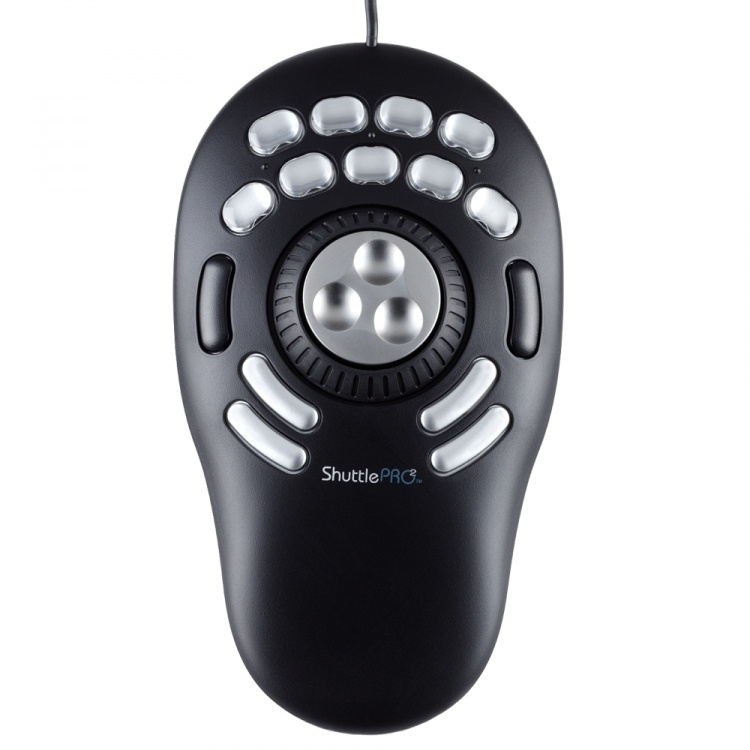


Below, there is a brief summary of the assignable commands. Many of these functions are not available in any other way in VirtualVTR, so a Shuttle or MCS3 really unlocks some hidden power inside VirtualVTR. For each button on the devices you have a wide array of functions which can be assigned to that button. This is all user assignable from the dialogs accessed in the Prefs window, as shown above. Once VirtualVTR gets this timely information about the status of the controls on the Shuttle, or MCS3, it needs to know what to do with it. These allow VirtualVTR to receive raw messages from the MCS3. For the MCS3, we interface with the JLCooper driver, which you should install, although you must setup the MCS3 software to use 'Midi mode' in OSX and 'developer Mode' in OS9.
CONTOUR SHUTTLE EXPRESS MANUAL INSTALL
In the case of the Shuttle Family, you should NOT install the contour device driver for the shuttle, since it will interfere with VirtualVTR's direct connection to the shuttle. Instead VirtualVTR talks directly to the wheel. To get such great performance, VirtualVTR bypasses the traditional methods these devices use, typically emulating keystrokes in host applications. The USB controllers offer a remarkably slick interface to control VirtualVTR, and the jog and shuttle performance is as good, or better than any other Video playback device at any price point. The 2 main ones are the JLCooper MCS3 (USB) controller, and the Contour Shuttle Family (Shuttle Pro, Shuttle Pro 2 and Shuttle Express).

It supports 9-pin control, MMC (Midi Machine control), mouse and keyboard control (including Avid-Style shuttle mode numeric keypad transport), Apple event control, and also several USB connected jog/shuttle devices. VirtualVTR is extremely controllable from the outside world. General Information about Remote controllers It does not offer overall guidance on particular setups. This page is a comprehensive description of what each specific preference in VirtualVTR and VirtualVTR Pro will do.


 0 kommentar(er)
0 kommentar(er)
